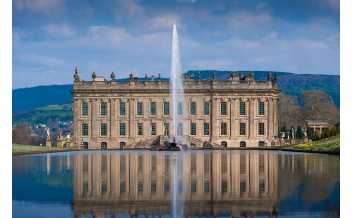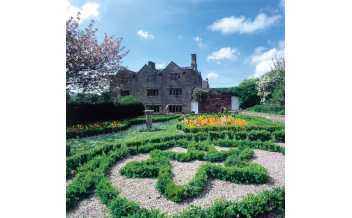Activities
-
Barrow Hill Engine Shed, Chesterfield
Staveley Roundhouse was built to a standard Midland Railway square shed...
-
Bluebell Arboretum & Nursery, Smisby in...
Bluebell Arboretum & Nursery in Derbyshire has a fine collection of...
-
-
Chatsworth House, Derbyshire, England
Built in 1549 for the Countess of Shrewsbury, Chatsworth House has richly...
-
Derwent Valley Mills, Derbyshire
Derwent Valley Mills was where the modern factory or 'mill' system was...
-
Erewash Museum, Ilkeston
The museum is in a building called Dalby House after one of the families who...
-
-
-
Hardwick Hall, Chesterfield
Built between 1590 and 1597, Hardwick Hall remains open for the public now to...
-
-
-
Longshaw, Burbage and the Eastern Moors,...
Excellent walking country with ancient woods and tumbling streams
-
Melbourne Hall Gardens, Derbyshire, England
The house that gave the Australian city its name was built in 1629 for Sir...
-
National Tramway Museum, Matlock
The museum contains over 60 trams built between 1873 and 1982 and is set...
-
Renishaw Hall and Gardens, Derbyshire,...
This is one of the few historic houses in the UK which is still lived in by...
-
Tissington Hall, Peak District,...
Unique family home located in the centre of Tissington village. Built in 1609...





















